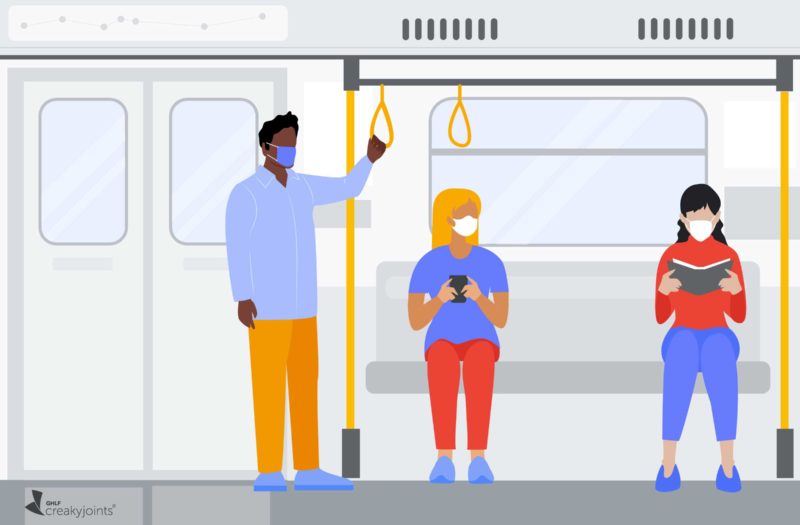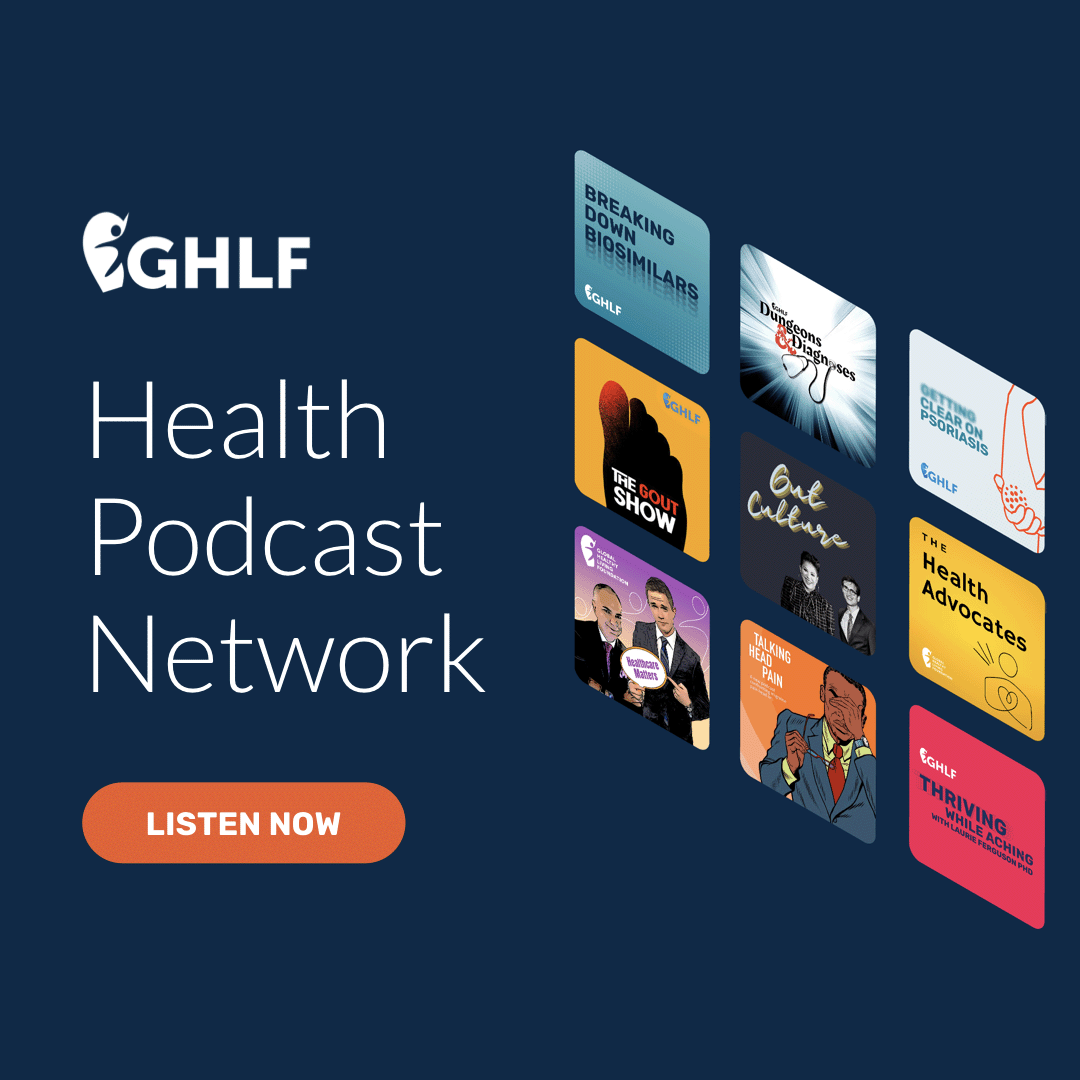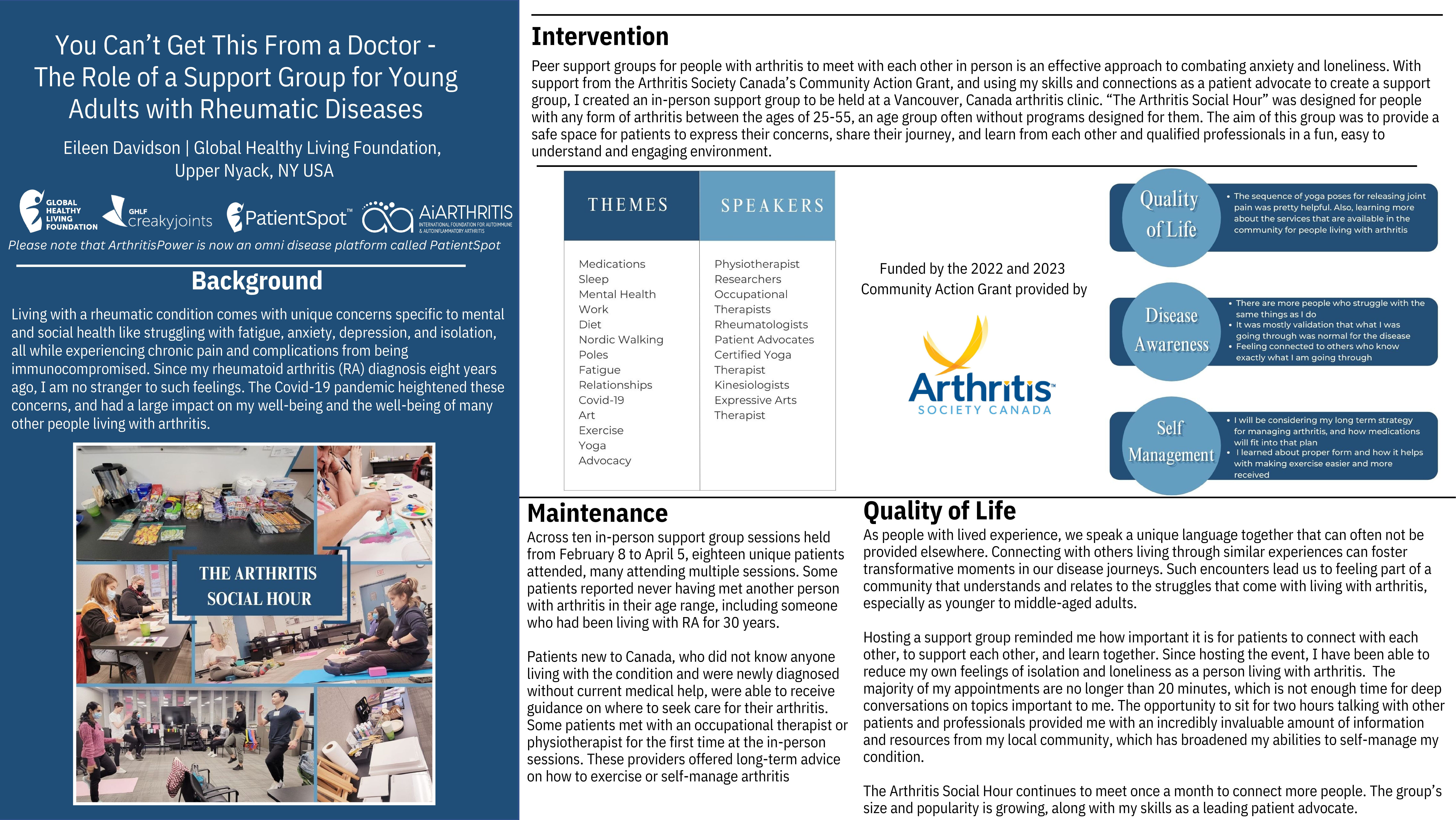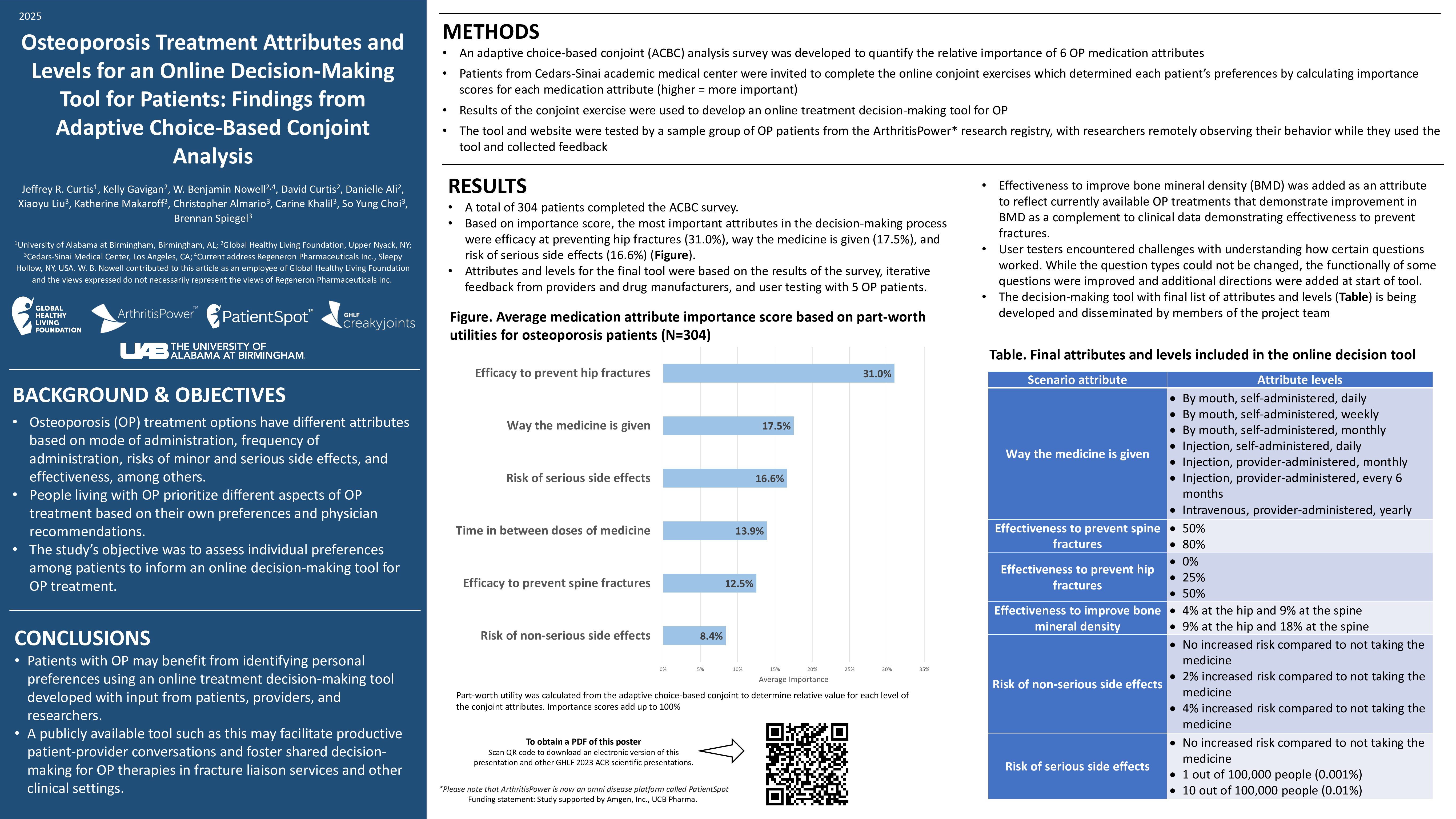Learn more about our FREE COVID-19 Patient Support Program for chronic illness patients and their loved ones.
Taking public transportation is a necessary or at least convenient way of commuting for many individuals across the United States. What’s more, biking, walking, or even driving to your destination may not be feasible if you have arthritis or other chronic pain that limits your level or type of activity.
However, as stores, offices, and other businesses reopen, you may find yourself wondering if it’s safe to travel via public transportation to get around during the pandemic — especially if you’re in a high-risk group for COVID-19 complications.
The Global Healthy Living Foundation and CreakyJoints conducted a poll of our members — many of whom live with underlying health conditions that increase the risk of severe illness from COVID-19 — to understand what risks people living with chronic illness are willing to take. While 6 percent of respondents said they have taken public transportation or would in the next month or two, 94 percent said they would only do so once the threat is much lower or completely gone.
Many individuals said they were less likely to take public transportation than to do several other activities, such as attending an indoor gathering of more than 20 people, going to the movie theater, or swimming in an indoor pool.
You’re likely well aware of the risks you need to balance when deciding what to do and where to go during the COVID-19 pandemic. The general guidance to follow is simple, yet not always easy to adhere to:
- Maintain a social distance of six feet or more from people outside of your household whenever possible.
- Wear face coverings when out in public and when you can’t be socially distant.
- Wash or sanitize your hands frequently and disinfect commonly touched surfaces.
- Avoid large groups or situations when it will be hard to be socially distant.
- When spending time with others, being outdoors is safer than indoors.
Traveling by public transportation can be tricky because it requires you to be in an enclosed space where social distancing may not be possible.
Yet, public transportation may be an integral part of how you get to work, run errands, or see family. Many essential workers have been taking public transportation throughout the COVID-19 pandemic. Whether it’s a necessary or optional method of transportation for you, here are the risk factors and safety precautions to take into consideration.
Public Transportation Risks During COVID-19
The main way COVID-19 spreads is through respiratory droplets that travel from one person through coughing, sneezing, or talking and infect a person nearby. This is why the U.S. Centers for Disease Control and Prevention considers social distancing — staying at least six feet from other people — one of the best ways to avoid being exposed to the virus right now.
“It is harder to social distance if you’re on a crowded bus or train,” says Margaret E. McCort, MD, an infectious disease specialist at Montefiore Health System in the Bronx, New York who commutes to work via public transportation. “When you talk, you expel more respiratory droplets, so every time you open your mouth that’s more opportunity to spread droplets.”
Wearing a mask is not mandated in every state, and even if it is, the degree to which each public transportation system enforces mask-wearing rules may vary.
To stop the spread of coronavirus, it’s important that everyone who rides on public transportation wears a face covering properly (over the nose and mouth), especially when social distancing is difficult to maintain. However, you can’t guarantee that’ll be the case.
“It’s very uncontrollable who you’re going to be spending time around, and I think that’s probably the origin of the discomfort with public transportation,” says Andrea LaCroix, PhD, distinguished professor and chief of epidemiology in the Department of Family Medicine and Public Health at University of California San Diego School of Medicine. “You’re rolling the dice in terms of who’s going to come on, whether they’ll have a mask on or not, and where they’re going to sit.”
Although surfaces are considered to be a less common route for COVID-19 spread than respiratory droplets, it is possible to contract the virus that causes COVID-19 if you touch a surface or object that has the virus on it, then touch your mouth, nose, or eyes.
Of course, handrails, seats, and ticket machines are just some of the shared surfaces you may encounter in public transportation. These surfaces may be cleaned less often than shared surfaces in private businesses, such as stores, that you visit regularly.
“If you do have to touch something, you can always use sanitizer or wash your hands,” says Dr. McCort. “I don’t think gloves are very effective in reducing transmission because you’re not going to acquire the virus through your fingertips. It’s really about hand washing before you touch your face, remove your mask, or eat.”
How to Stay Safe on Public Transportation
When and how you take public transportation may make a big difference in your potential exposure to coronavirus. Try to take the subway, bus, or train during off-peak hours. If you need to travel on public transit for work, ask your employer if staggered start and stop hours are possible to help you and other employees avoid rush hour (say, arriving and leaving an hour or two earlier or later than usual).
You can also try to wait for a less-crowded bus or train when possible, or pick a part of the train or bus where it’s easier to social distance.
“I usually go to the last car on the subway, which is often much emptier than one that’s near the stairs,” says Dr. McCort. “I also try not to touch any of the surfaces on the subway, such as the rails, bars, doors, or the ticket machines. If I need to get a new ticket, I usually get it at the end of the day and then wash my hands as soon as I get home.”
The U.S. Centers for Disease Control and Prevention also provides guidance for using public transportation, which includes recommendations such as:
- Wash your hands with soap and water for at least 20 seconds or use hand sanitizer with at least 60 percent alcohol before and after using public transportation
- Try to keep at least six feet from people who are not in your household, such as when you’re waiting at a bus station or selecting seats on a train
- Wear a cloth face covering when physical distancing is difficult
- Check with local transit authorities for the latest information on changes to services
- Limit touching frequently touched surfaces such as ticket machines, touchscreens, kiosks, turnstiles, handrails, and elevator buttons (use touchless payment and no-touch trash cans and doors when possible)
It may also be a good idea to change your clothes as soon as you get home after using public transportation.
“If I walked in the house after riding the subway or even taking a rideshare, and I was going to hang around in my house for the rest of the evening, I would definitely change clothes,” says Dr. LaCroix. “I would assume that I had gotten germs on them from the different places I went, and I would put them in the laundry, wash my hands, and then get into some clean clothes.”
If it’s an option for you, it may be best to consider other methods of transportation so you can maintain social distance from others.
“I usually tell my patients that they should avoid taking public transit if possible, so if it’s not for work or an essential activity like going to the doctor or grocery store,” says Dr. McCort. “Try to walk, ride your bike, or take your own car to the location.”
Taking public transportation is likely a moderate-risk activity, especially if you have to take it during peak hours, adds Dr. McCort. If you’re able to, an added benefit of walking or biking is the built-in exercise it provides, which is particularly helpful if your gym is closed right now.
If you use a shared city bike, scooter, or other device, the CDC recommends cleaning frequently touched surfaces (like handlebars or gears) with disinfectant wipes before using, opting for touchless payment when available, and washing your hands with soap and water for at least 20 seconds or using hand sanitizer with at least 60 percent alcohol after your trip.
Taking Rideshares or Taxis
Although a rideshare or taxi may be more comfortable for you than public transportation if you live with chronic pain that makes climbing subway stairs, walking to the bus, or driving yourself difficult, keep in mind that these services may not necessarily be a safe bet, either. This is true whether you take a ride with other passengers outside of your household or not.
“When you take a rideshare, you’re exposed to the person driving at very close range, and we do see that rideshare or taxi drivers are particularly at risk for infection,” says Dr. McCort. “A rideshare is actually probably a higher-risk exposure than sitting in a socially distanced subway car.”
If you do decide to take a ridesharing option, the CDC provides specific guidance such as avoiding contact with surfaces that passengers or drivers frequently touch, like the door frame and handles, windows, and other vehicle parts. If touching those surfaces is unavoidable, use hand sanitizer as soon as possible afterward.
It’s also a best practice to skip the freebies offered in rideshares, such as water bottles, candy, or magazines. If you can, avoid pooled rides in which multiple passengers who are not in the same household are picked up. In larger vehicles like vans, sit in the back seat to remain at least six feet from the driver.
The CDC also recommends asking the driver to improve the ventilation in the vehicle if possible — say, by opening the windows or setting the air conditioning on non-recirculation mode.
Speak to your doctor for help assessing your risk level of complications due to COVID-19, and for more safety precautions that may be specific to your particular location or condition.
Get Free Coronavirus Support for Chronic Illness Patients
Join the Global Healthy Living Foundation’s free COVID-19 Support Program for chronic illness patients and their families. We will be providing updated information, community support, and other resources tailored specifically to your health and safety. Join now.
Interview with Margaret E. McCort, MD, an infectious disease specialist at Montefiore Health System in the Bronx, New York
Interview with Andrea LaCroix, PhD, distinguished professor and chief of epidemiology in the Department of Family Medicine and Public Health at University of California San Diego School of Medicine
Using Transportation. The U.S. Centers for Disease Control and Prevention. July 12, 2020. https://www.cdc.gov/coronavirus/2019-ncov/daily-life-coping/using-transportation.html.
What Is Social Distancing? The U.S. Centers for Disease Control and Prevention. July 12, 2020. https://www.cdc.gov/coronavirus/2019-ncov/prevent-getting-sick/social-distancing.html.












